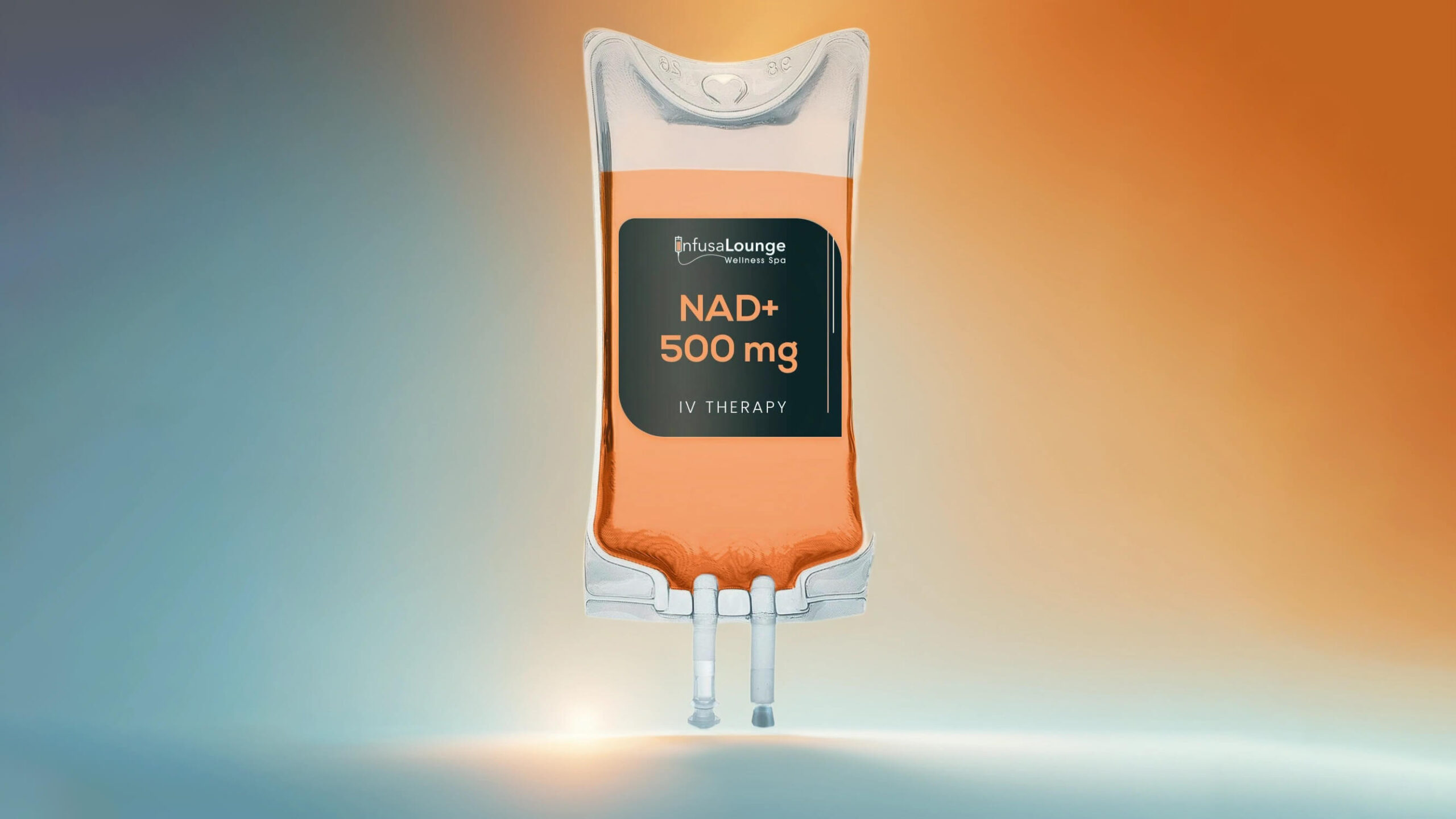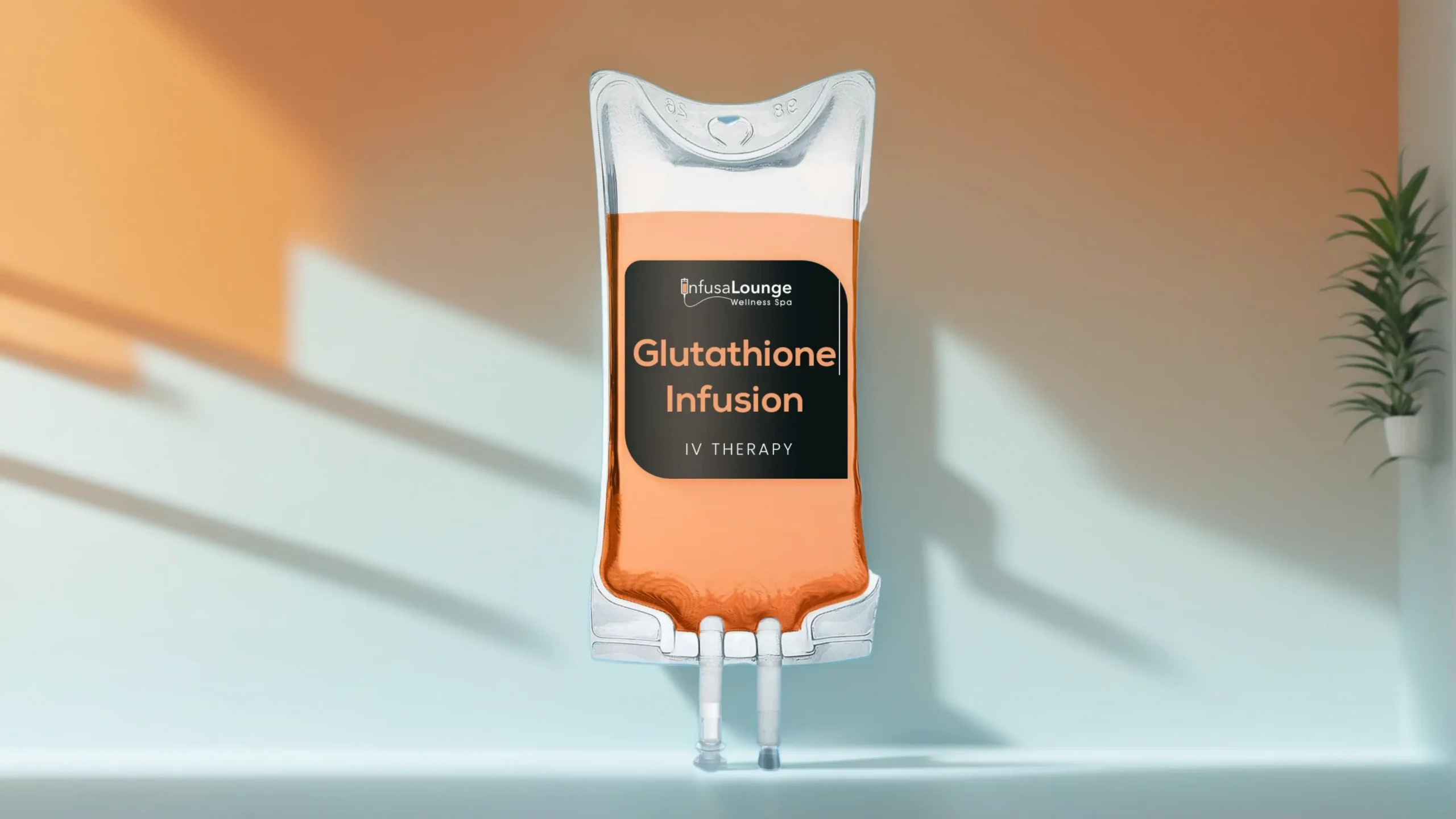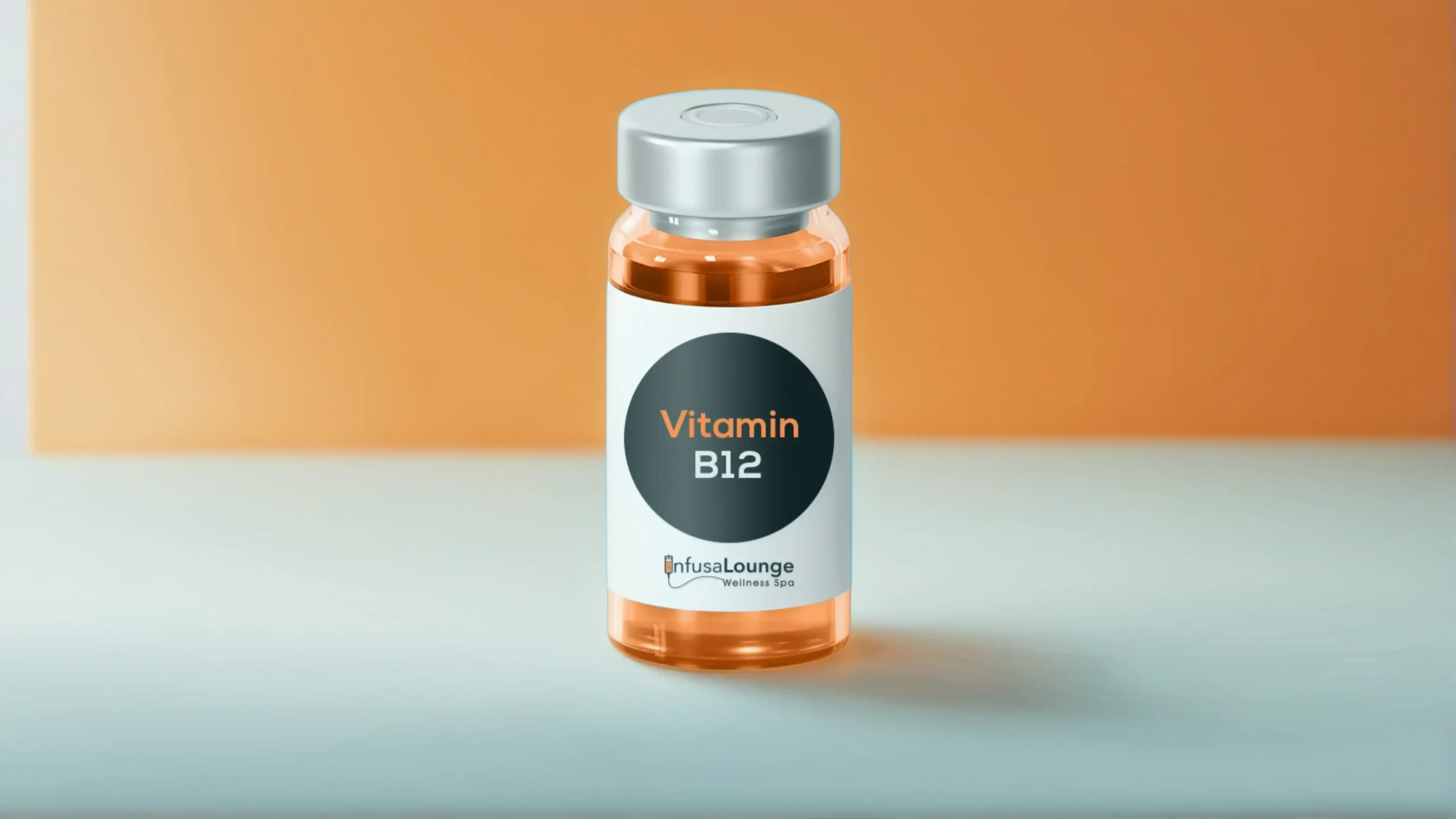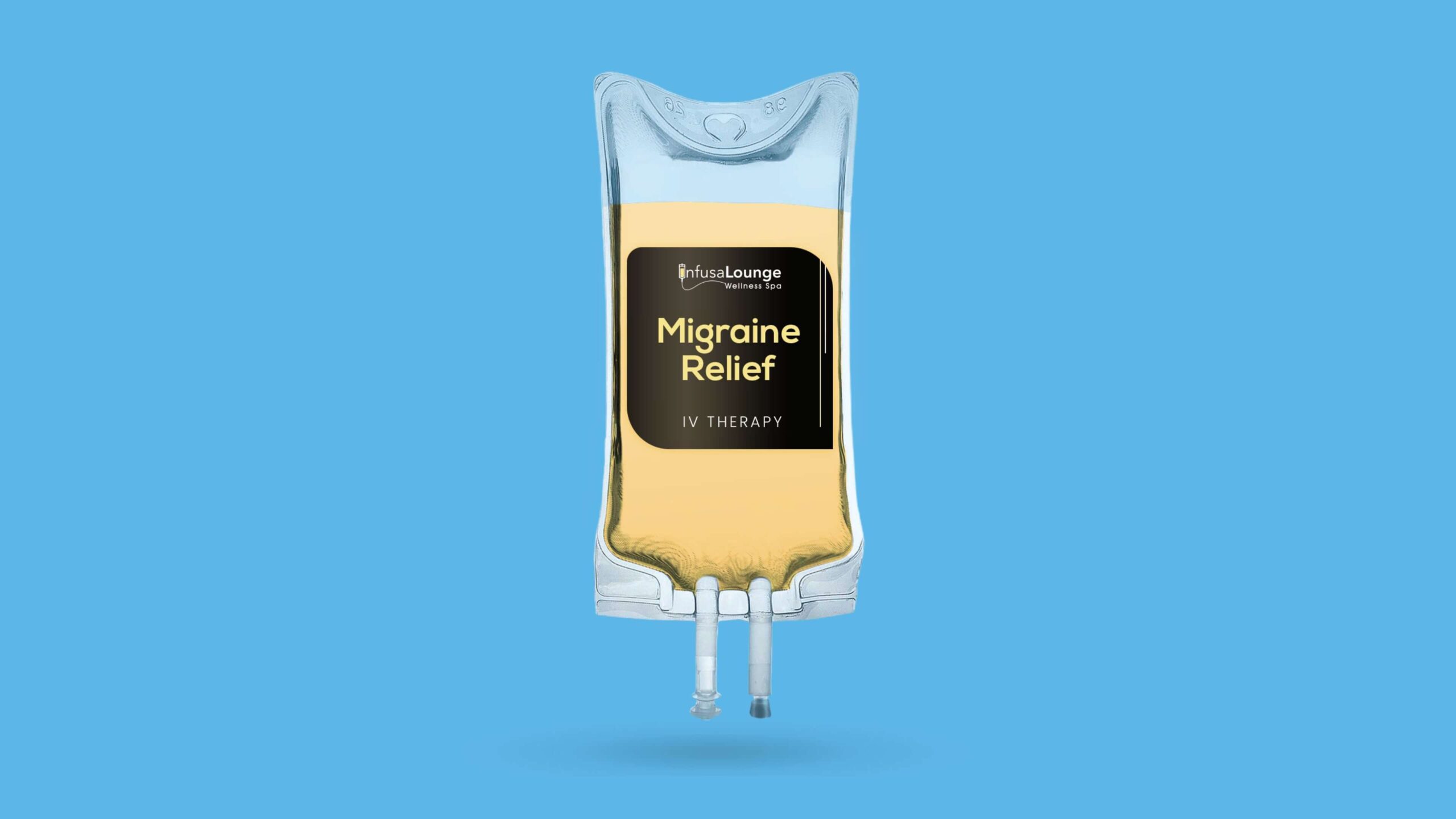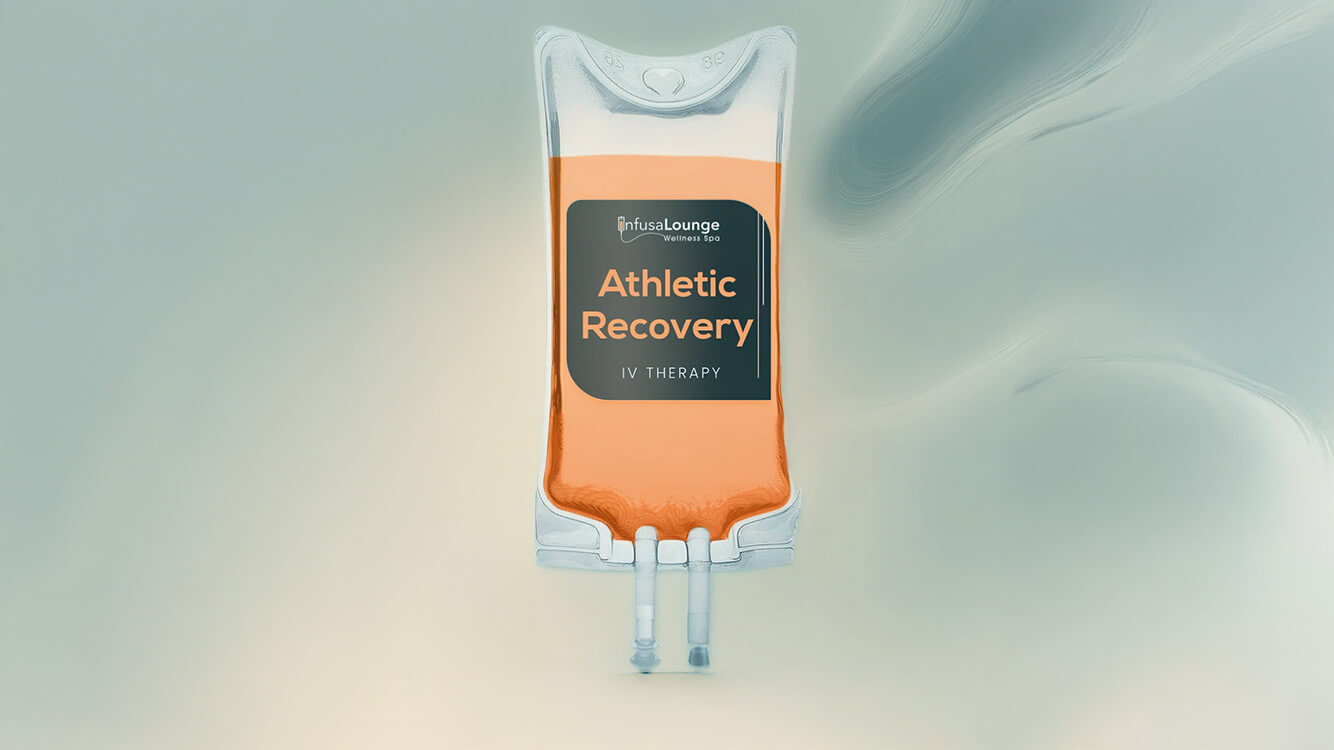Feeling constantly tired despite leading an active, healthy lifestyle can be frustrating; it often points to nutrient deficiencies affecting your daily performance. Vitamins play a vital role in immune function, energy production, and cellular repair, which you undoubtedly know if you’ve ever felt torn between different supplements or wellness trends.
Transitioning to compare oral supplements and IV vitamin therapy reveals that there are distinct differences in effectiveness and convenience. While over 75% of American adults take dietary supplements in pill or liquid form, there’s been a noticeable rise in IV therapy’s popularity at wellness centers, thanks to nearly instant effects. In our detailed exploration based on thorough research, we’ll guide you through these options so you can make an informed decision best suited for enhancing your health and energy levels.
The key difference between oral supplements and IV vitamin therapy lies in the method of delivery; while oral supplements require digestion and may have lower bioavailability, IV therapy administers nutrients directly into the bloodstream for immediate effect. This makes IV vitamin therapy a preferable option for individuals seeking rapid relief from deficiencies or looking to enhance their overall wellness efficiently.

Overview of Vitamin Supplementation
Vitamins are vital elements for maintaining various bodily functions, from immune response to energy production and even cellular repair. They play an essential role in keeping our bodies functioning optimally. Among the available options for obtaining vitamins, oral supplements stand out as one of the most common methods for many individuals seeking to enhance their overall health.
Oral Supplements
Oral supplements encompass a wide variety of products including tablets, capsules, and liquids taken by mouth. One of their biggest advantages is their accessibility; they can usually be found over-the-counter at pharmacies, health food stores, or prescribed by healthcare professionals when necessary.
Surprisingly, surveys indicate that over 75% of American adults use some form of dietary supplement regularly. This statistic reflects a growing consciousness about personal health and wellness.
“While oral supplements seem convenient, it’s crucial to recognize that not all vitamins are created equal in terms of absorption and effectiveness.”
Common examples include multivitamins crafted to encapsulate a range of essential nutrients, Vitamin D for boosting mood and bone health, and fish oil capsules, prized for their omega-3 fatty acids which support heart health. However, users should consider the potential drawbacks; studies have suggested that oral supplementation may lead to lower bioavailability compared to other methods like intravenous therapy. What this means is that our bodies may not absorb all the nutrients as efficiently as we would like.
Given this information, let’s explore other methods such as IV vitamin therapy, which offers a more direct approach to nutrient delivery.
IV Vitamin Therapy
The process of IV vitamin therapy involves directly administering vitamins into the bloodstream through an intravenous drip. This method bypasses the digestive system, delivering nutrients straight where they are needed most—providing immediate effects on energy levels, hydration, and overall wellness.
In recent years, IV vitamin therapy has gained traction among health-conscious individuals and wellness enthusiasts alike. Notably, there has been an estimated 30% increase in IV therapy services at wellness centers like InfusaLounge over the past year alone. Clients often report significant improvements almost immediately after treatment.
“IV therapy has significantly boosted my energy levels and overall well-being within minutes,” shares Elizabeth, a frequent client at our spa. Her experience highlights how quickly IV therapy can work compared to oral supplementation.
As more people seek faster and more effective ways to ensure adequate vitamin intake, understanding these differences becomes invaluable in making informed decisions about their health regimen. The next step is to understand how absorption rates impact nutritional benefits—an important factor in choosing the right method for your needs.
Absorption Rates Explained
When we talk about absorption, we’re discussing how effectively our bodies can utilize the nutrients we take in. For oral supplements, this process is often inefficient. Oral supplements must travel through the digestive system before they enter the bloodstream, and various factors can hinder their effectiveness along the way. Your age, overall digestive health, and even what you’ve consumed recently can influence how well these nutrients are absorbed. In fact, research shows that only about 20-50% of an oral supplement may actually make it into your system, with certain vitamins—like Vitamin C—often garnering just around 20% absorption.
“The digestive tract acts like a gatekeeper; only the strongest nutrients get through to nourish your body.”
This brings us to consider IV vitamin therapy, which approaches absorption quite differently.
Oral Supplements Absorption
With oral supplements, the journey begins when you swallow them. Once ingested, they must be broken down by stomach acids and enzymes before nutrients can be released. If you think about it, this is like navigating a complicated maze where only a fraction of what you started with makes it out on the other side. For those struggling with conditions like irritable bowel syndrome or those who have had gastrointestinal surgeries, absorption can decline significantly. Additionally, a heavy meal can slow transit time through the gut, thus further reducing nutrient assimilation.
It’s essential to recognize that while oral supplements provide convenience and accessibility, their effectiveness varies among individuals. You may take multiple supplements daily thinking you’re meeting your nutritional needs efficiently only to discover later that your body didn’t fully absorb them.
IV Vitamin Therapy Absorption
On the other hand, IV vitamin therapy offers a more direct route for nutrient delivery. By administering vitamins and minerals via an intravenous line straight into the bloodstream, there’s no need for digestion. This method allows almost 100% of the infused nutrients to become immediately bioavailable. Clinical studies have shown time and again how superior this method is regarding uptake by cells.
Because of the sheer efficiency of IV therapy, people often feel effects more quickly—a revitalizing boost usually felt within minutes rather than hours or days.
This difference in absorption rates underscores why those needing rapid replenishment—such as patients recovering from illness or athletes looking for an edge—might lean toward IV therapy rather than relying solely on oral supplements.
Grasping these differences in nutrient delivery paves the way for understanding how each method fits into your health strategy and aims for optimal wellness.
Nutrient Delivery Efficiency
When it comes to nutrient delivery, the mode of administration significantly influences how well your body absorbs and utilizes those vital vitamins and minerals. With oral supplements, although they provide convenience, their efficiency can be compromised due to various factors. For instance, a person suffering from gastrointestinal issues might find that their body struggles to absorb adequate amounts of the nutrients they consume. This can lead to frustration, particularly if you are trying to address specific health concerns or boost overall wellness through diet.
Oral Supplements Efficiency
The absorption process for oral supplements involves navigating the complexities of the digestive system. Factors like stomach acid levels, food interactions, and individual metabolic rates can all affect how well your body processes these supplements.
For example, even simple nutrients like calcium require an optimal environment for absorption; if taken with high amounts of iron-rich foods, calcium absorption can decrease significantly.
Furthermore, certain medications can compete with the nutrient absorption process—making it challenging for some individuals to reap the full benefits of their chosen supplements.
Given these challenges, many people are turning to alternative methods of nutrient delivery.
IV Vitamin Therapy Efficiency
Enter intravenous (IV) vitamin therapy—a method designed to get around those gastrointestinal roadblocks. This approach allows nutrients to be delivered directly into the bloodstream, ensuring they are available to the body for immediate use.
Imagine feeling an instant boost of hydration or energy within minutes! This rapid availability can make all the difference when you’re looking to recover from illness or replenish depleted reserves after strenuous activity.
People who have experienced IV therapy often share transformative stories about their health journeys. Angela Jones, one such client, stated, “IV infusions have been a game-changer for my energy levels and immune support.” Such testimonials highlight that relying on IV therapy offers not just efficiency but also the peace of mind that comes knowing your body is receiving essential nutrients without delay.
With IV therapy’s immediate delivery system, there’s less time lost in biological processes. Instead of waiting for digestion, nutrients enter the circulatory system right away—resulting in faster response times in areas like hydration and immune support. Many clients report improved stamina during workouts and quicker recovery at work after using this treatment.
Understanding these differences in nutrient delivery efficiency sets the stage for exploring how the costs associated with these interventions vary widely depending on individual choices and circumstances.
Cost Comparison
Costs are a significant consideration when choosing between oral supplements and IV vitamin therapy. Understanding this landscape can help you make an informed decision about what is best for your health and budget.
In general, oral supplements present a more affordable choice at first glance, with prices that can vary widely depending on the brand and type of supplement chosen. A month’s supply typically ranges from $10 to $50, making them accessible for most people. For instance, a standard multivitamin might run you around $15 monthly, while niche products like probiotics could be priced upwards of $40.
However, these lower upfront costs do not necessarily reflect the full picture of value in nutrient absorption or overall health benefits.
Oral Supplements Cost
While oral supplements may seem economical initially, their effectiveness can sometimes be subjective; many individuals may find themselves taking multiple products to achieve desired effects. These can add up when factoring in their potential inefficiency due to absorption rates—the body absorbs only 20% to 35% of nutrients from oral vitamins according to various studies. Hence, while your wallet may feel lighter upfront, achieving optimal nutrient intake could require additional spending on various supplemental products.
In contrast, let’s explore the financial commitment associated with IV vitamin therapy.
IV Vitamin Therapy Cost
At first glance, IV vitamin therapy carries a higher price tag ranging from $100 to $300 per session. The table below highlights this comparison:
Comparison Table: Monthly Cost Estimates
| Method | Low-End Cost | High-End Cost |
|---|---|---|
| Oral Supplements | $10 | $50 |
| IV Vitamin Therapy | $100 | $300 |
While those numbers appear daunting on the surface, it’s vital to consider the value behind these costs.
The higher initial expense of IV therapy is often justified by its superior nutrient absorption—essentially, your body receives almost 100% of the nutrients delivered directly into your bloodstream. Patients frequently experience immediate benefits such as increased energy and improved mental clarity. Furthermore, many specialists argue that with personalized treatment plans tailored to specific health needs, this therapy yields long-term health outcomes that far outweigh its higher price point.
Considering both immediate expenses and potential long-term health gains will guide you toward the option that aligns best with your wellness journey.
Health and Safety Considerations
Health and safety are paramount when considering any form of supplementation. It’s crucial to recognize that while oral vitamins are typically safe when taken as directed, they can lead to adverse effects if misused. For instance, exceeding recommended doses of certain vitamins can cultivate toxicity in your system. Specifically, high levels of Vitamin A can have serious consequences, including liver damage and changes in bone health due to calcium imbalances. This highlights the significance of following dosage guidelines and consulting with healthcare providers before starting any new supplement regimen.
Oral Supplements Safety
Oral vitamins offer convenience but can sometimes lead to complications arising from interactions with other medications or underlying health conditions. Always being aware of what you’re consuming is essential; for example, taking oral iron supplements can interfere with certain antibiotics. Those who opt for oral supplementation should regularly check in with their healthcare provider to ensure they’re not only taking the right dosages but also choosing the most effective forms based on their unique health profiles.
That being said, IV vitamin therapy presents a different safety landscape worth exploring.
IV Vitamin Therapy Safety
At Infusa Lounge, IV therapy is performed by trained professionals whose expertise ensures precision and safety for each patient. One significant advantage of IV therapy is its ability to deliver nutrients directly into the bloodstream, bypassing potential digestive issues that can hinder absorption seen in oral supplements. Moreover, all patients undergo screening for conditions such as Thiamine allergy or renal disease prior to treatment, minimizing the risk of complications during or after administration.
Critics may raise concerns about the potential risks associated with IV therapy, particularly emphasizing possible infections stemming from needle use. However, it’s important to recognize that these risks are minimal when proper sterilization techniques and professional handling are adhered to. The sterile environment in medical settings significantly mitigates these concerns, making IV therapy a safe option for most individuals seeking enhanced wellness support.
Understanding these health implications lays the groundwork for making informed decisions about your wellness journey, guiding you toward an optimal path forward.
Making the Best Health Decision
Choosing between oral supplements and IV vitamin therapy is a personal journey that hinges on your unique health situation, lifestyle, and financial considerations. One of the first steps in this process is to evaluate your individual health goals carefully.
Are you seeking overall wellness and energy enhancement? Or perhaps you’re recovering from an illness and need rapid nutrient replenishment to get back on your feet? By clarifying what you want to achieve, you can tailor your approach.
Consider Your Health Goals
Assess what you aim to achieve: Is it overall wellness, quick recovery, or specific nutrient replenishment? Each goal carries different implications for the type of supplementation you may choose.
If rapid results and high efficacy are priorities, IV vitamin therapy might be the more effective option due to its direct delivery into the bloodstream, allowing for better absorption compared to traditional oral supplements.
In my experience, understanding your body’s signals can also guide your decision-making process. If you’re experiencing fatigue that lingers despite taking oral vitamins, that may signal a need for immediate intervention through IV therapy. Pay attention to how your body feels after different types of supplementation; this can help refine your choice.
Consult Healthcare Providers
Always consult with healthcare providers before beginning any supplementation to ensure it meets your specific health needs. This conversation is crucial as they can provide personalized advice based on your medical history and current conditions.
A healthcare provider may identify underlying issues that could affect your choice between oral supplements and IV therapy.
“Working with a professional allows individuals to understand not just the benefits but also potential interactions with other treatments.”
Once you’ve evaluated your goals and consulted with professionals, you’re better equipped to choose the right path forward. If you’re leaning towards IV vitamin therapy or simply curious about what it has to offer, consider reaching out for an evaluation tailored specifically for you.
Feel free to book a consultation at InfusaLounge to explore personalized IV therapy options tailored to your health goals. Taking this step empowers you and provides a clearer understanding of what’s best for your health journey.
In making informed decisions about your health, clarity regarding both oral supplements and IV vitamin therapy will ultimately lead to better outcomes tailored to meet your needs.

